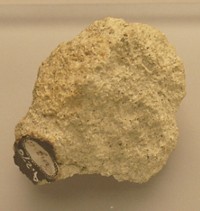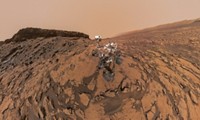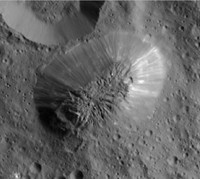Advertisement
Grab your lab coat. Let's get started
Welcome!
Welcome!
Create an account below to get 6 C&EN articles per month, receive newsletters and more - all free.
It seems this is your first time logging in online. Please enter the following information to continue.
As an ACS member you automatically get access to this site. All we need is few more details to create your reading experience.
Not you? Sign in with a different account.
Not you? Sign in with a different account.
ERROR 1
ERROR 1
ERROR 2
ERROR 2
ERROR 2
ERROR 2
ERROR 2
Password and Confirm password must match.
If you have an ACS member number, please enter it here so we can link this account to your membership. (optional)
ERROR 2
ACS values your privacy. By submitting your information, you are gaining access to C&EN and subscribing to our weekly newsletter. We use the information you provide to make your reading experience better, and we will never sell your data to third party members.
Physical Chemistry
Answering Curiosity Questions On Mars
Collection of reports details different environment examined with rover’s geochemistry instruments
by Elizabeth K. Wilson
September 30, 2013
| A version of this story appeared in
Volume 91, Issue 39
NASA’s Curiosity rover has spent the past year studying several geochemically complex areas on the surface of Mars. Curiosity carries the most sophisticated suite of analytical instruments ever deployed to an extraterrestrial destination. The rover drilled into rocks, ground up samples, and processed the samples in ovens and in mass and X-ray spectrometers. International teams of dozens of scientists have now had a chance to analyze the data and assemble a collection of reports detailing the findings (Science 2013, DOI: 10.1126/science.1244258). Curiosity had previously hinted that ancient Mars had a watery, moderate pH environment that would have been hospitable to organisms (C&EN, March 18, page 7). The myriad new results include detection of alkaline and fractionated magma, which were never before seen on Mars but are profoundly similar to Earth’s igneous rocks. Heated samples of Mars’s crust released volatile compounds such as carbon dioxide, sulfur dioxide, water, and oxygen, which scientists suggest could have been incorporated from the planet’s atmosphere. The data from this examination, the scientists say, give an unprecedented understanding of the nature of Earth’s planetary neighbor.





Join the conversation
Contact the reporter
Submit a Letter to the Editor for publication
Engage with us on Twitter